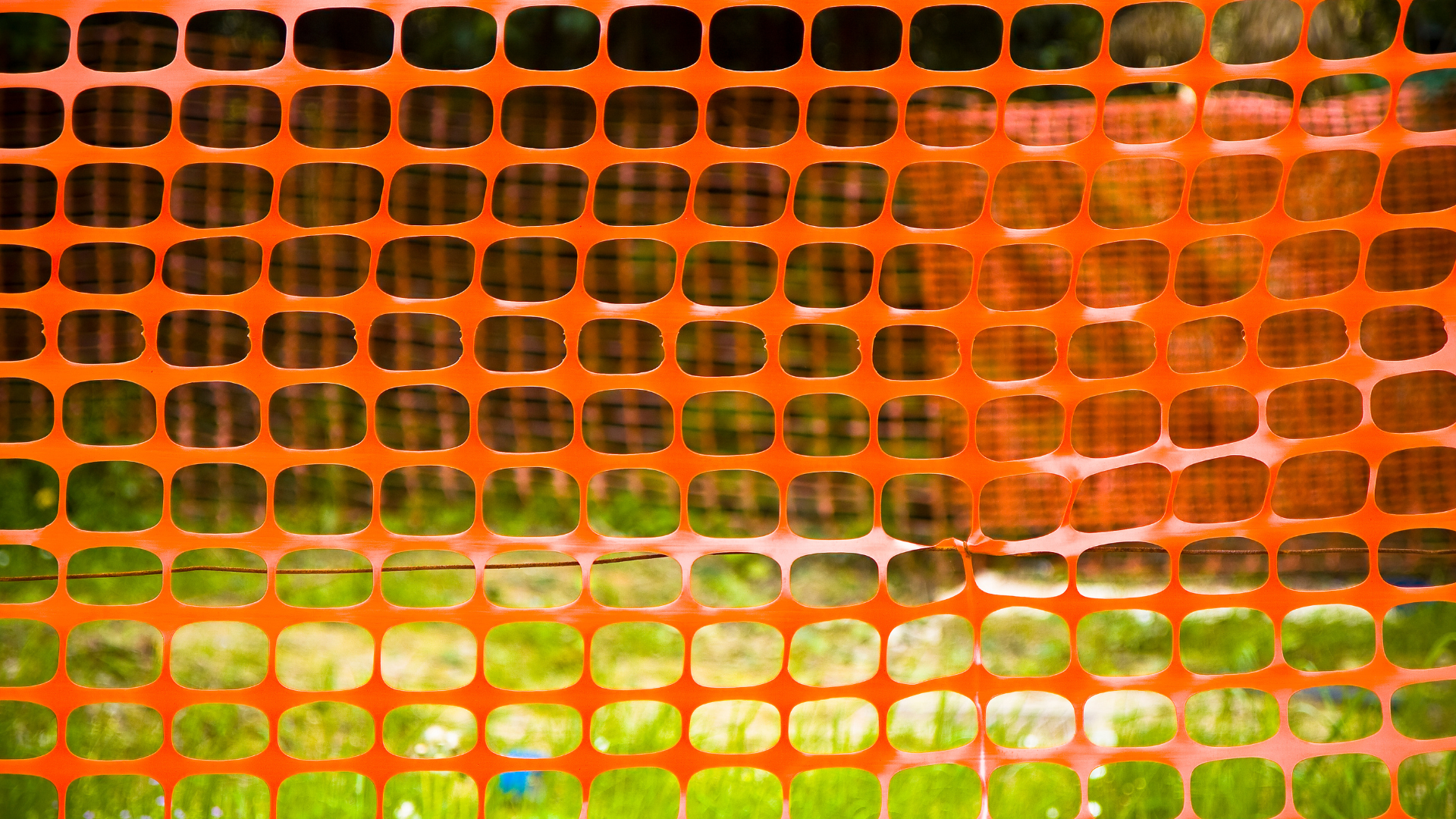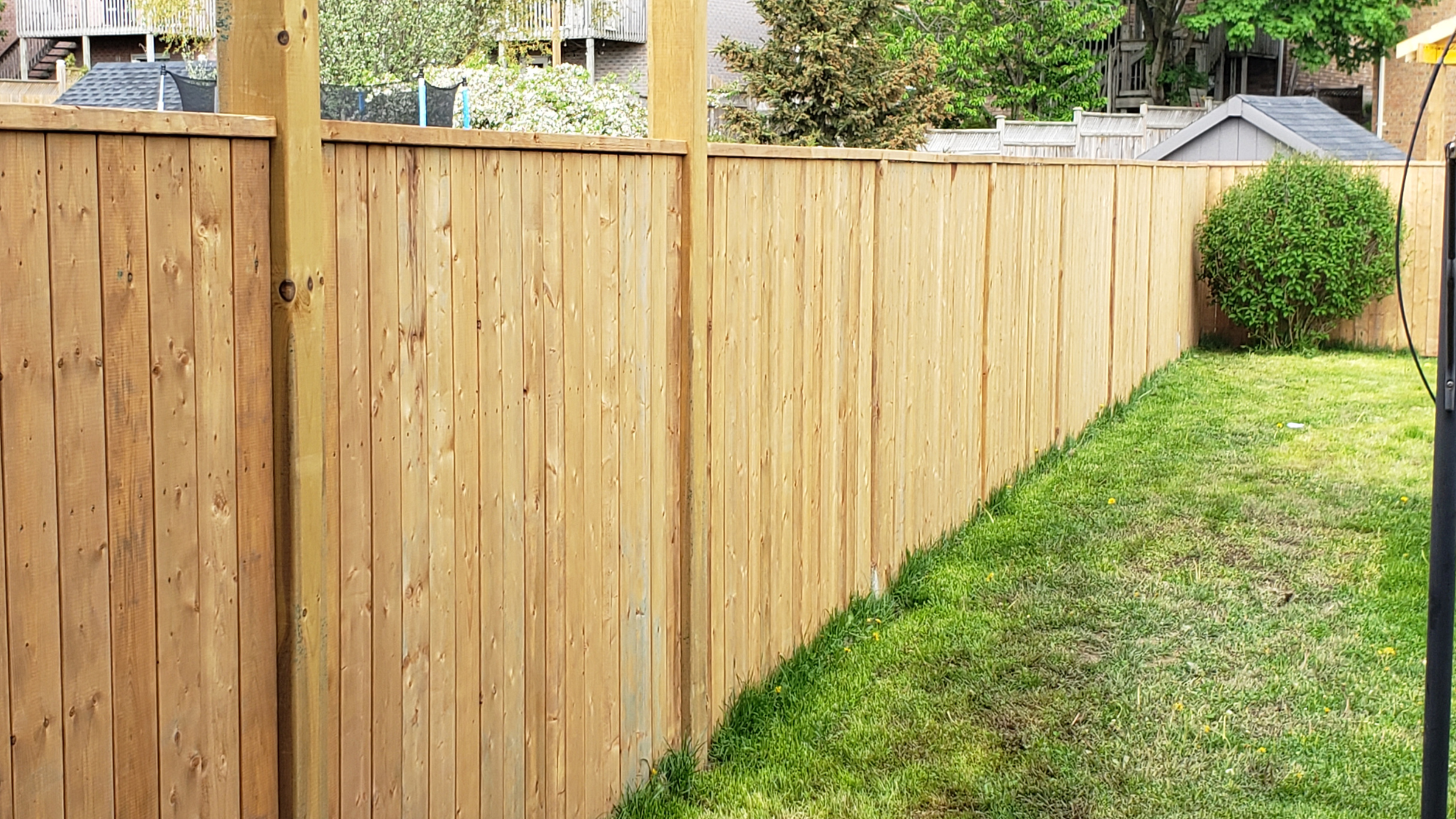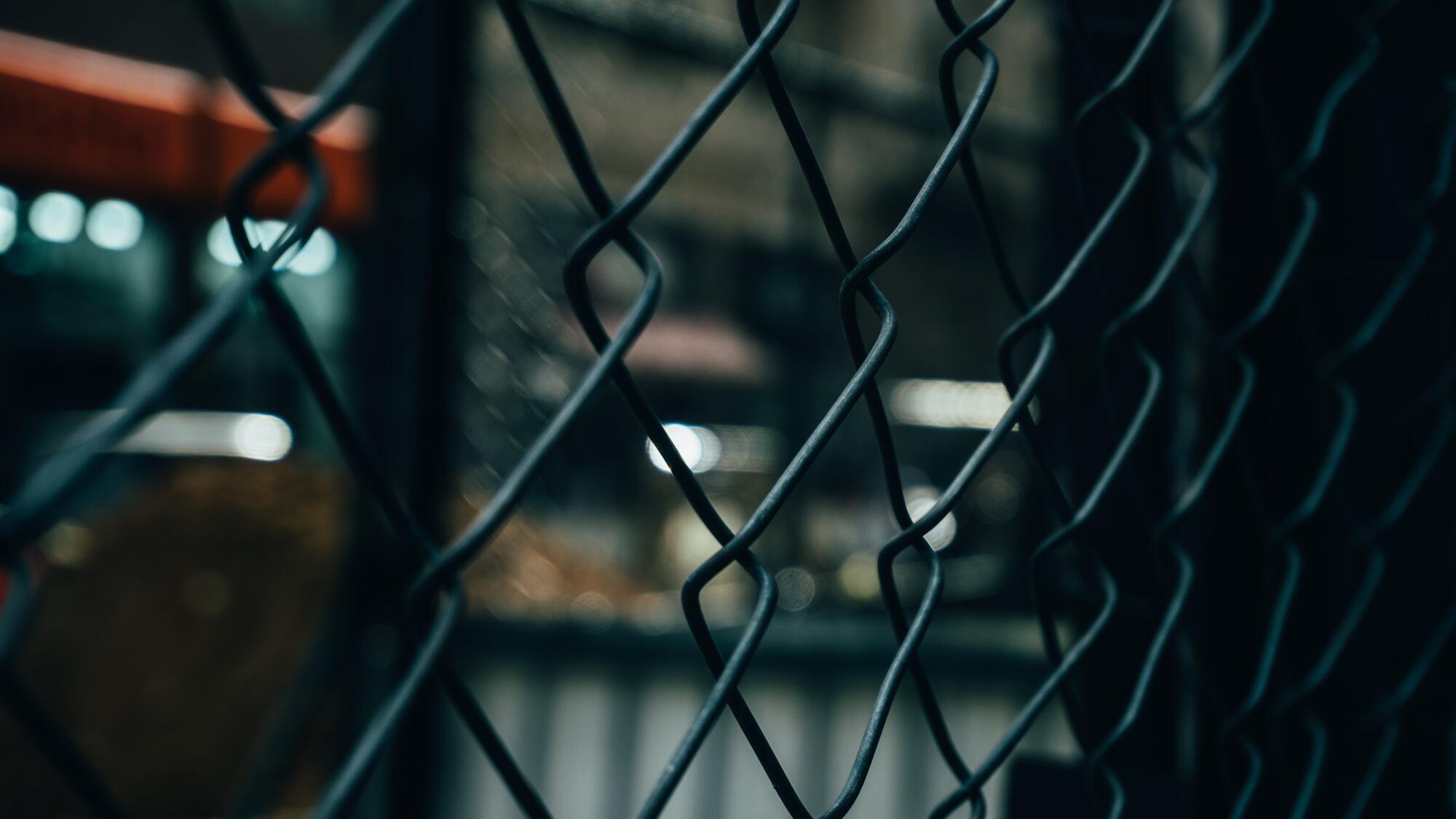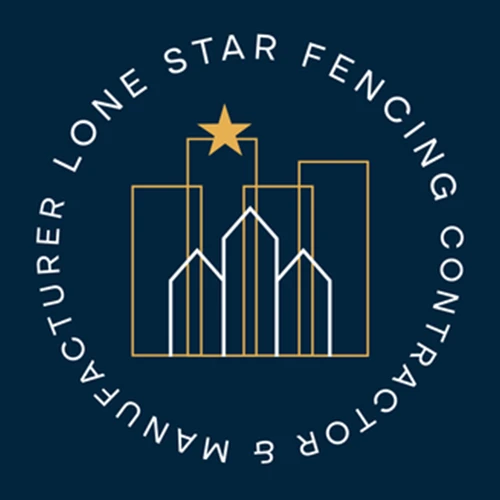Did you know that roughly 62% of Texans own their homes? Knowing how to make the most of your property is crucial, and a well-made fence is an ideal addition. A custom fence can help bring a new shine to your yard while helping to emphasize the area.
But how can you use custom fencing to make the most of your yard? One of the best ways is by using it to accent the area instead of containing the property.
If you’re curious how you can use a custom fence installation to improve your yard, we’re here to offer our guidance. Read on to learn more about fencing materials and custom fences. We’ll also highlight some ways you can get started on your custom fence design.
Common Fence Materials
To start, you should think about what your fence is going to be made of. Different building materials will bring different aesthetics, benefits, and costs. Here are the most common fencing materials.
Wood
Wood is the classic choice for a fence of any type, and custom fence design is no exception.
Wood is relatively inexpensive while also being sturdy. Typically, you’ll want to seal the wood to stop it from rotting. Severe weather, particularly rain, can make wood rot swiftly and ruin your fence.
Painting a wooden fence is also common, but there’s not always a need. Many types of wood have a beautiful natural aesthetic. You can highlight the wood tone with an outdoor-grade sealant.
Vinyl
Vinyl can also be a cost-effective option. Vinyl isn’t cheap in construction, but simply low in cost, making it ideal for fences that marry appearance and function.
If you need a safety fence, plastic is an excellent option. Some fences, such as our orange safety fences, are not permanent and therefore do not need a highly durable material.
Our fences are ideal for saving costs without sacrificing high quality.
For permanent plastic fences, you should choose high-quality vinyl that has a good guarantee, will withstand the elements, and resist sun bleaching.
Metal
Metal fencing is ideal for a permanent fence you don’t want to replace or change. Of the materials common for fencing, metal is unarguably the strongest.
Metal is useful for a fence that has to withstand force. Wood fences are often used, but may not always be strong enough to keep in (or out) whatever is being fenced. Using wood for livestock or safety isn’t always successful.
By contrast, metal is much more difficult to topple. Metal fences are often anchored into the ground, making pulling them over a difficult task. The strength and durability of the metal will make breaking past the fence almost impossible.
On the downside, metal requires more maintenance than many other types of fencing. One of the main issues is that metal can corrode or rust, especially if the main metal is iron. As such, metal isn’t ideal for wet environments, such as gardens with sprinklers or near a body of water.
Additionally, metal tends to have a high price. However, you’re paying for the perks, so the high price of a high-quality fence can be justified.
What’s the Fence For?
One way to help you decide on the fence’s style and material is to think about what the fence is for.
If you’re using a small fence to help keep your garden contained, it’s less important to use the “right” material. The fence is mostly for aesthetic purposes, making visual appeal the most important factor.
But if you’re trying to assure privacy in your property, you’ll need to think of the size and material.
Consider what’s led you to seek custom fence installation. Whatever inspired you is likely your cause. It could be aesthetics, privacy, safety, or a combination of all three.
Designing Your Custom Fence
Now that we know the purposes of your custom fence design, let’s look into how we can start the design process.
Here are a few factors to consider when designing your custom fence.
Materials
The first thing to consider will always be the materials.
Materials will make or break the cost. As such, it’s critical to consider what use the fence will have.
If the fence is solely for aesthetics, or do you need the strongest materials? Conversely, if the fence is expected to be permanent, would you want to risk weaker materials? While all our fences are long-lasting, some materials are inherently stronger than others.
Consider a fence that marries affordability and effectiveness.
If you’re fencing a garden or pool area, you might be mostly looking for aesthetics. As such, there’s no need to go for the strongest, most expensive materials.
Budget
Speaking of expenses, what’s your budget for the project?
Budgets can decide the majority of a project’s design. You may choose your materials, the height, and the length of the fence off of what you can afford.
Always estimate a bit of wiggle room in your budget. That way, you won’t have to cancel the project if you go slightly over.
Size
Depending on your budget, you’ll want to look at the size of the fence next. The size will depend on the purpose of the fence.
A fence you’re building for privacy, such as to keep neighbors from prying, will focus on height. One you’re building for aesthetics may not need to be as tall.
The shorter the fence, the cheaper the bill, so think of what the best mix of the two is. It’s often difficult to raise a fence after construction, so think carefully.
Mastering Custom Fence Design
Installing a custom fence is a great way to get the most out of your yard without renovating your property. Think about what the purpose of your new custom fence installation will be, and design the size and height based on this factor. Look into what materials will best fit your budget before you begin installation.
Looking for a custom fence builder to bring new life to your property? Be sure to contact us at Lone Star Fencing for a quote on your new installation.
Genesis Diaz drives Lone Star Fencing with a sharp focus on innovation and quality in the fencing industry. Her expertise in designing and installing premium fencing solutions has earned Lone Star Fencing a distinguished reputation among its clientele. Genesis’s leadership is characterized by her commitment to excellence, attention to detail, and a client-centered approach, ensuring every fencing project exceeds expectations. With a team of skilled professionals, Lone Star Fencing is committed to delivering superior fencing services, sharing valuable insights on choosing the right fencing materials and designs to enhance security, privacy, and aesthetic appeal.




